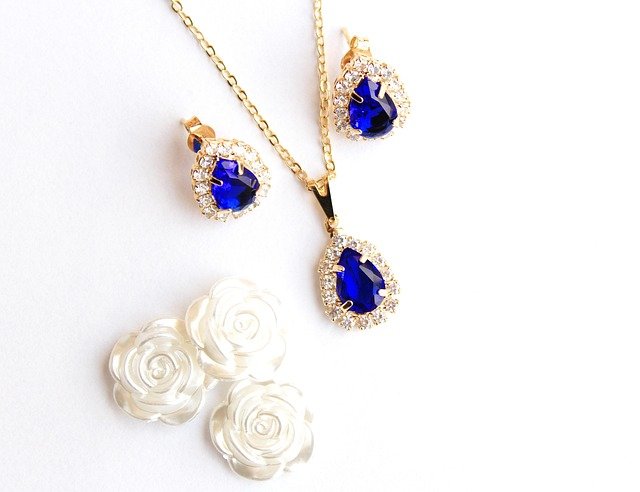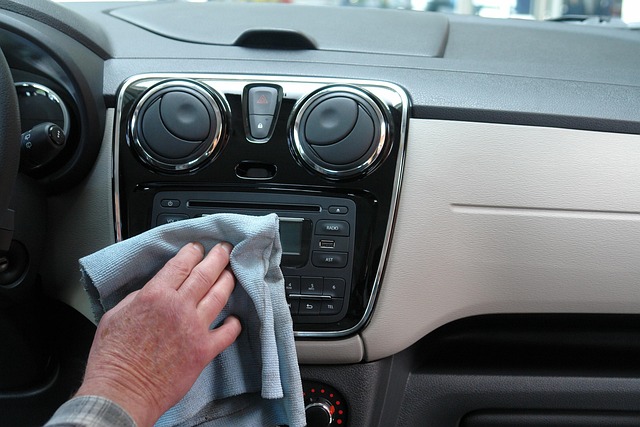2025 Jewelry Guide: Must-Have Pieces and What You’ll Pay for Them
As 2025 approaches, jewelry enthusiasts are witnessing exciting shifts in design trends and market values. This comprehensive guide explores the essential pieces worth investing in for the coming year, along with detailed price analyses across various categories—from everyday essentials to statement luxury items—helping you make informed purchasing decisions whether you're a casual collector or serious investor.

The jewelry landscape continues to evolve as we approach 2025, with certain pieces emerging as must-haves while others fade into the background. Whether you’re looking to invest in timeless classics or experiment with trending designs, understanding both the aesthetic and financial aspects of jewelry purchases has never been more important. This guide walks you through the essential pieces for 2025, what makes them valuable, and what you can expect to pay across different quality tiers and materials.
Jewelry Trends Shaping 2025 Collections
As we look toward 2025, several distinct jewelry trends are gaining momentum. Sustainable and ethically sourced pieces continue to dominate consumer preferences, with recycled metals and lab-grown gemstones becoming increasingly mainstream. Vintage-inspired designs with modern twists are experiencing a resurgence, particularly Art Deco and 1970s-influenced pieces featuring bold geometric patterns and mixed metals.
Personalization remains strong, with customizable elements allowing wearers to tell their unique stories through their accessories. Convertible jewelry—pieces that can be worn multiple ways—is gaining traction as consumers seek versatility and value. Additionally, gender-fluid designs are breaking traditional boundaries, offering pieces that appeal across the spectrum rather than adhering to conventional categories.
Luxury Jewelry Cost Analysis for 2025
The luxury jewelry segment continues to see price adjustments reflecting both material costs and brand positioning. Fine jewelry from established luxury houses is projected to increase 5-8% in 2025, driven by rising precious metal prices and increased labor costs. Gold jewelry, particularly 18K and above, will see the most significant price increases due to gold’s continued strength as a safe-haven asset.
Signature pieces from heritage brands like Cartier, Bulgari, and Van Cleef & Arpels are expected to maintain their premium pricing, with entry-level pieces starting around $3,000 and signature collections averaging $8,000-$15,000. Limited edition collaborations between luxury jewelry houses and designers or celebrities will command even higher premiums, often 20-30% above standard collection prices.
Best Value for Money in Fine Jewelry
While luxury brands offer prestige, several categories provide exceptional value without compromising quality. Semi-precious gemstone jewelry, particularly pieces featuring amethyst, citrine, and topaz set in solid gold, offers the visual impact of fine jewelry at 30-50% lower price points than their precious gemstone counterparts.
Independent jewelers with direct-to-consumer models eliminate retail markups, typically offering 20-40% better pricing on comparable quality pieces. Vintage and estate jewelry often represents excellent value, with pieces from the 1980s-2000s frequently selling for less than their contemporary equivalents despite comparable materials and craftsmanship.
Lab-grown diamonds continue to disrupt the market, offering 30-50% savings compared to mined diamonds of equivalent size and quality while being chemically and visually identical to their natural counterparts.
Affordable Jewelry That Looks Expensive
For those with more modest budgets, several approaches yield impressive results without significant investment. Vermeil jewelry (heavy gold plating over sterling silver) provides the look of solid gold at a fraction of the cost, typically $100-350 for well-crafted pieces that can last years with proper care.
High-quality costume jewelry from respected designers offers fashion-forward options, with brands like Alexis Bittar and Monica Vinader creating pieces that rival fine jewelry in design sophistication for $75-400. Moissanite continues to gain popularity as a diamond alternative, offering comparable brilliance at approximately 10% of the cost for larger stones.
Mixed-material pieces combining precious metals with less expensive materials like ceramic, wood, or leather create distinctive designs without the cost of all-metal construction, typically ranging from $200-600 for designer pieces.
Price Comparison Guide Across Jewelry Categories
Understanding price ranges across different jewelry categories helps establish realistic expectations when shopping. The following table provides a comprehensive overview of what consumers can expect to pay in 2025 across various jewelry categories and quality tiers.
| Jewelry Category | Entry Level | Mid-Range | Luxury |
|---|---|---|---|
| Gold Chains (14K) | $300-700 | $800-1,500 | $2,000+ |
| Diamond Stud Earrings | $500-900 (0.25-0.5ct total) | $1,200-3,000 (0.5-1ct total) | $4,000-15,000 (1ct+ total) |
| Engagement Rings | $1,000-2,500 | $3,000-7,000 | $8,000-30,000+ |
| Statement Necklaces | $200-500 | $600-1,500 | $2,000-10,000 |
| Men’s Luxury Watches | $500-1,500 | $2,000-8,000 | $10,000-50,000+ |
| Tennis Bracelets | $800-1,500 | $2,000-5,000 | $6,000-20,000+ |
Prices, rates, or cost estimates mentioned in this article are based on the latest available information but may change over time. Independent research is advised before making financial decisions.
Investment-Worthy Jewelry Pieces for 2025
Certain jewelry categories continue to hold or increase their value over time, making them worthy considerations for those viewing jewelry as both adornment and investment. Signed pieces from prestigious houses with strong secondary markets—particularly Cartier, Van Cleef & Arpels, and Bulgari—typically retain 60-80% of their retail value and may appreciate over time.
Rare colored gemstones, especially unheated sapphires, rubies, and emeralds with documented provenance, have shown steady appreciation of 5-10% annually in recent years. This trend is expected to continue as mining yields decrease and demand increases.
Vintage and antique jewelry from significant design periods (Art Deco, Retro, Art Nouveau) continues to appreciate, especially pieces with documented history or from notable estates. For more accessible investment options, limited edition contemporary designer pieces often appreciate once sold out, particularly from designers with growing international reputations.
While jewelry should primarily be purchased for enjoyment rather than investment potential, these categories have historically maintained strong value retention compared to fashion-oriented pieces.
As we move into 2025, jewelry continues to evolve as both a personal expression and potential store of value. By understanding current trends, price expectations across different categories, and where to find the best value, consumers can make informed decisions that align with both their aesthetic preferences and financial considerations.




